[Cross-posted at Comic Book Masculinity.]
Pfew! After a busy number of weeks getting back to teaching and grading, along with a productive and entertaining talk at NYU on Poe, Lady Gaga, and gender, I can now reflect on how comic book talks at NEMLA went this March.

While the Northeast Modern Language Association
is, as its name indicates, a regional branch of the Modern Language
Association, over the years it has become one of the nation’s top
conferences for studies of language and art, attracting scholars
throughout not just North America but the world. And like
MLA, NEMLA has become a forum for discussions on a range of topics;
while committed to strong scholarship in conventional literature such as
novels, poetry, and theater, the conference gathers together scholars
also researching films, television shows, music, video games, and most
relevant to me at the conference, comic books and graphic novels.
Thanks
to so many scholars with a wide range of interests, NEMLA has provided
great talks in the past, and I have enjoyed my time presenting at its
yearly meetings. NEMLA was one of my first major
conferences, and it allowed me to organize many of my ideas researching
masculinity in literature and popular culture, while getting feedback
from my peers and some of the biggest names in literary and gender
studies.
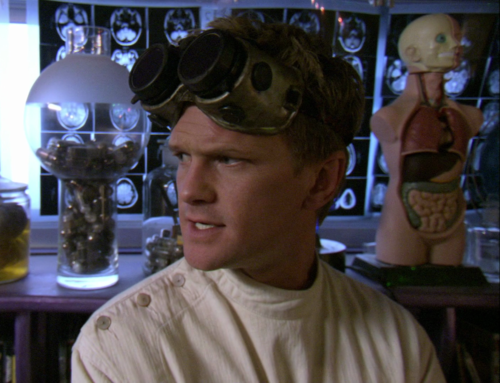
In
fact, it was last year’s panel on portrayals of gender in action films
that allowed me to workshop an article I am developing for publication
on Dr. Horrible’s Sing-Along Blog. This event,
organized by NEMLA executive director Elizabeth Abele, provided a forum
for participants to compare their upcoming publications and also put me
in contact with great scholars, including Whedon scholar Mary Ellen
Iatropoulos, whose insights informed the organization for these panels
on portrayals of gender in comic books. And thanks to
Elizabeth, Mary Ellen, and others, I was happy to hear strong feedback
from NEMLA organizers who wanted to hear more about how men and women
appear in works ranging from Batman and Wonder Woman to Buffy the Vampire Slayer, The Venture Brothers, and Super.
Thanks to the encouragement of attendants to my Dr. Horrible talk,
from NEMLA administration, and from the NEMLA Women’s and Gender
Studies Caucus, I was able to put together some strong panels at the
2012 meeting in Rochester—and thanks in large part to editorial
supervision from these same attendants and administrators. Rochester was a pleasant location for the conference, with weather more befitting of springtime than even New York City. Plus, the architecture was…um, surprising Batman-esque.
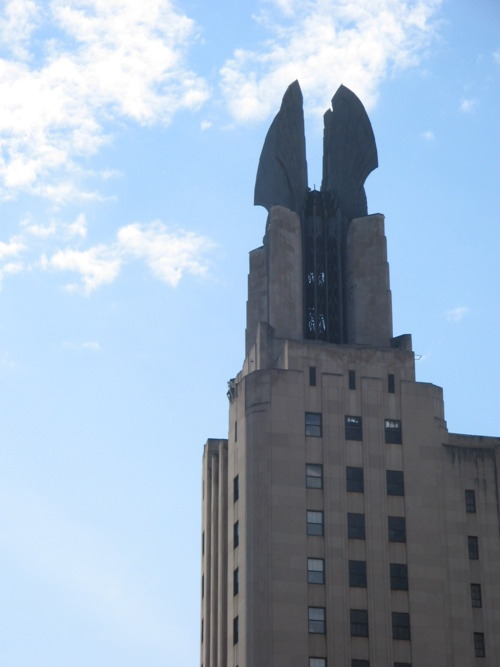
Special
thanks must be given to the Women’s and Gender Studies Caucus,
particularly Sophie Lavin and past president Ellen Dolgin for their
encouragement. Sophie is also a colleague at SUNY Stony
Brook, so she was able to offer immediate feedback on questions I had
for organizing and advertising the panels.
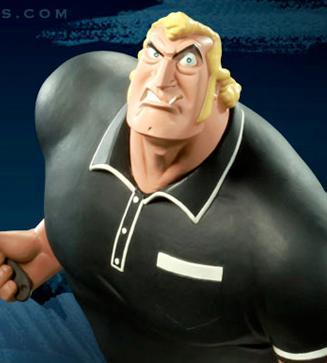
And thanks to my other colleagues at Stony Brook. Brandi
So's hard work at NEMLA and in the English department at Stony Brook
made it much easier to have all materials ready for Rochester. And Nathaniel Doherty was a huge help. First Nate gave an amazing presentation on how The Venture Brothers
complicates camp so that portrayals of characters move beyond mockery
but also reveal competent persons beyond simple stereotypes—which will
make for a great article in the future. But Nate also helped me coordinate papers at the conference and fostered a productive discussion as chair of the panel.
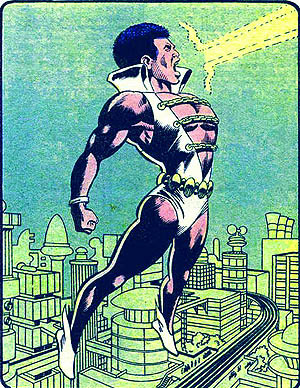
Now I want to write individual thank you’s to other people who contributed to these thought-provoking panels on comic books. First,
thank you to Jonathan Gayles, professor of African-American Studies at
Georgia State University, for providing NEMLA with his documentary, White Scripts and Black Supermen: Black Masculinities in American Comic Books. Although
Professor Gayles could not be present, he kept in contact with me as I
was preparing for NEMLA, and his documentary offered so many ideas to
his audience on his deeply personal account about portrayals of black
men in the comic books he read as a child. The somber
parts of his documentary moved audience members, and the campier parts
of American comic book history—such as the repetitive attention given to
Legion of Superheroes member Tyroc and, as one interviewee said, his
Earth, Wind, and Fire ensemble, minus the pants—kept viewers laughing.
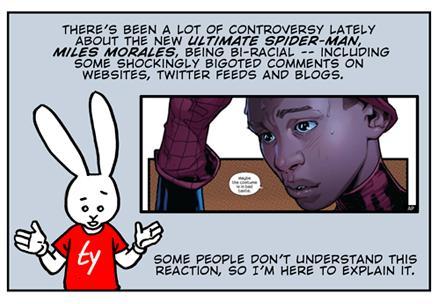
The
post-screening conversation brought up numerous questions regarding
more recent portrayals of black men in comic books, including Miles
Morales’s emergence in Ultimate Spider-man and the buzz around potentially casting Donald Glover as Peter Parker. In
light of the at times racist criticisms against both points, summarized
in Ty Templeton’s satirical attack against such hatred, I was happy to
have introduced Professor Gayles’s talk, and I encourage everyone to
learn more about this educational documentary, which is now available for purchase.
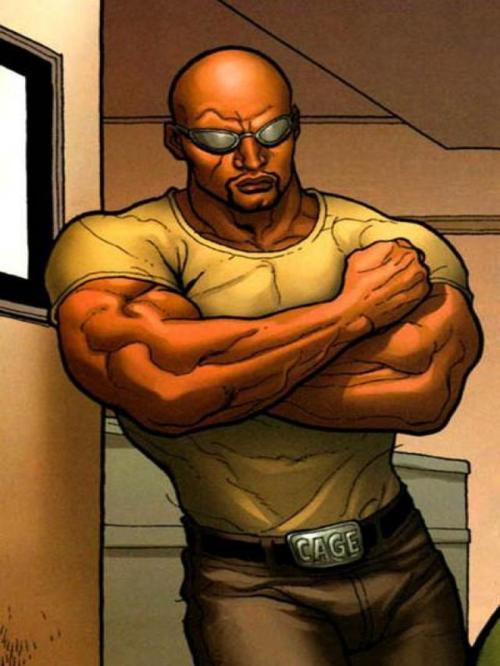
White Scripts and Black Supermen also served as a great introduction to the first of two panels on “Masculinity in Superhero Comic Books and Films.” Jonathan
Gray, professor of English literature at John Jay College CUNY, began
the discussion with his presentation, “A Real Leap: Luke Cage and the
Post-Civil Rights Evolution of Black Masculinity.” Professor
Gray examined not only the earlier portrayals of Cage, as seen in
Professor Gayles’s documentary, but also more recent portrayals
especially in the arc Civil War, revealing how this character’s
close association with state power institutions reflects a change that
touches upon issues involving economic disparity, police action, and
surveillance. Professor Gray’s talk is a strong indication for how powerful will be his upcoming book, Innocence by Association: Civil Rights and the White Literary Imagination, published this fall bythe University Press of Mississippi.

Another
excellent presentation came from William Tunningley, masters student at
Sam Houston State University, with his talk on portrayals of body
images in not only comic book film adaptations but the actions films of
Schwarzenegger and Stallone. “Adonis as a Superhero: How
Comic Books and Movies Affect Male Body Image” is shaping into a great
presentation that I want to see published—his attention to gendered
portrayals of bodies and weight adds well to critical debates in
masculinity studies.
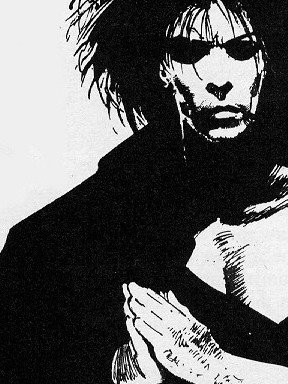
William's talk linked well for the next day’s talk, “Holding out for a Hero: Gender and the Hero in Gaiman’s The Sandman” from Georgia Natishan, masters student at Virginia Tech. Her
look at the development of Dream as antithetical to conventional
representations of male superheroes led to a productive discussion on
how Gaiman and his peers offered varied portrayals of gender and
sexuality that other comic book writers and artists could benefit from
considering.
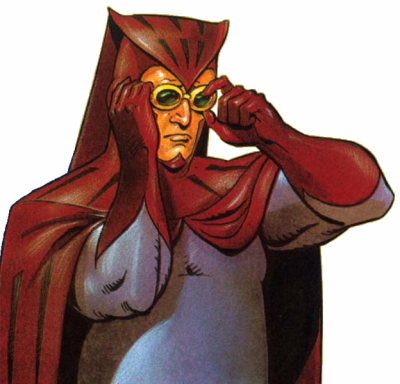
Georgia’s talk also corresponded well with the ideas of Kathleen Kress, masters student at Old Dominion University. Talking with her about her presentation, “The Mask I Cling To, The Life That I Cannot Let Go: Nite Owl’s Crisis of Identity in Watchmen,” I look forward to hearing more about her thesis regarding the portrayals of the hero across centuries of literature. Her
attention to Daniel Dreiberg’s conception of himself as a man reveal
intelligent insights to how Moore and Gibbons situate contemporary
understandings of masculinity within larger tropes of the hero’s
journey.
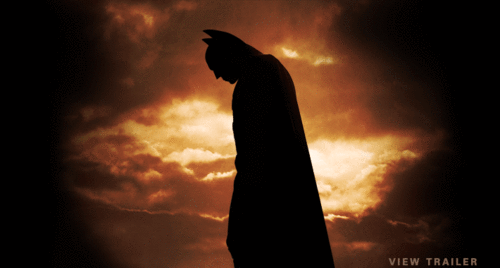
Daniel
Robinson, a PhD student in the Historical Musicology and Theory program
at the University at Buffalo, brought our discussion into a new
direction with his attention to how the musical scores of Batman Begins and the Christopher Reeves Superman films add to conceptions of masculinity and heroism in comic book films. His
talk generated an extensive discussion on how such an iconic character
as Batman owes his development as much to music as to the writers,
artists, and actors attached to the Dark Knight. Whether
in the eras of Adam West, Tim Burton, Bruce Timm, Joel Schumacher,
Christopher Nolan, or James Tucker, musicians including Danny Elfman,
Shirley Walker, and others have made Batman a hero whose presence adapts
with whatever time period he exists.
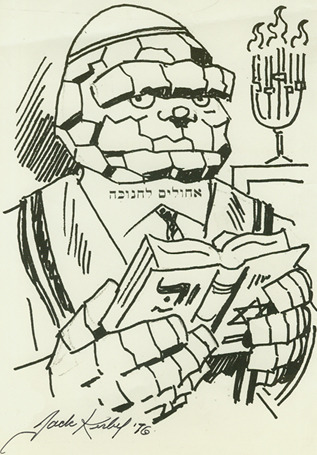
Last
but not least, thank you to Harry Brod, professor of philosophy and
humanities at the University of Northern Iowa and a major force in
studies of manhood and masculinity. “From Superman to
Spider-Man, From Masculinity to Manhood” was a productive talk that
touched upon how artists such as Stan Lee, Jack Kirby, Steve Ditko, and
Jerry Siegel and Joe Shuster developed these characters and reflected
upon what it means to be Jewish in the United States. Be sure to check out Professor Brod’s upcoming book, Superman Is Jewish?: How Comic Books and Graphic Novels Came to Serve Truth, Justice and the Jewish-American Way, which is scheduled to be published by Simon & Schuster in November 2012.
With such powerful presentations on gender and comic books, I want to get a sense of the next step in this scholarship. I
am developing a call for papers at the March 2013 meeting of NEMLA in
Boston, and the panel likely will move onto how we teach comic books and
graphic novels, with more attention to teaching these works in relation
to canonical literature. Remember that NEMLA panel proposals are due by April 15, and I appreciate any feedback at derek.s.mcgrath@gmail.com, at Twitter, or at this web site. Looking forward to your comments.
No comments:
Post a Comment